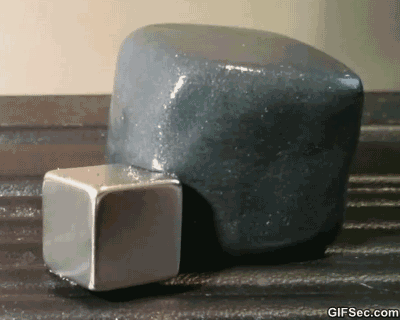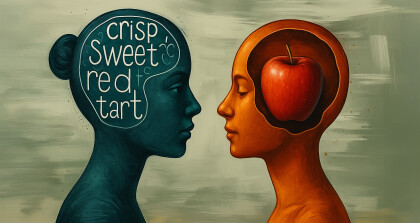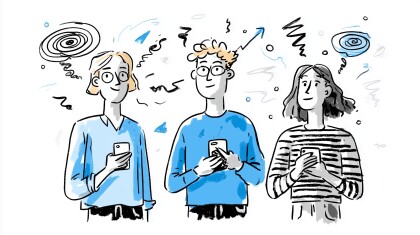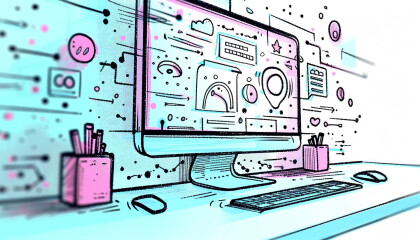I love what I do. That said I always feel a little uneasy telling people that I’m a creative director. To the average person, this tends to conjure up images of Mad Men’s Don Draper delivering an amazing pitch (seemingly out of thin air) before retiring to his office for tumbler of Canadian Club.

The reality is somewhat less glamorous. . . and sans whiskey.
Steps for Creating That Awesome Thing
Throughout my career, I have worn a good number of hats – business owner, graphic designer, web designer, front end developer and UX designer. This experience is crucial. It allows you to step back and see a project in a more holistic way. Being able to empathise with your team really allows you to work effectively and closely with them to create something awesome.
1. Absorb
A lot of my time is spent absorbing. Whether it be listening to clients requirements, scouring the internet for innovative new trends or UI patterns, or even listening to my co-mates random stories. Inspiration can come from anywhere. It doesn’t even have to come from the digital space. Take, for example, a material design system by Google that’s inspired by paper and other physical materials.
The material is grounded in tactile reality, inspired by the study of paper and ink, yet technologically advanced and open to imagination and magic.”

2. Get Excited
I get excited by new ideas and new ways of solving problems. You can have the fanciest product using bleeding edge technology, but unless it really solves the problem, it’s ultimately useless. I understand that I don’t have all the answers which is why it is so important to listen. Listen in those early client meetings when they are outlining their vision or problem. Listen to the customers who are going to be be using your product. And, most importantly, listen to your skilled team around you. If you try to go at it alone, you will fail.
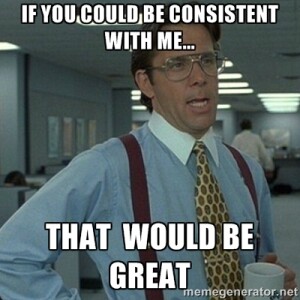
3. Value Consistency
Keeping consistency within software is a challenge. Consistency of both visual and function elements is a key part to creating a unified and intuitive experience for the user. You can create a heap of detailed wireframes and functional mockups to explain the interface or process, but ultimately there will always be new functionality that gets slipped in on the fly, or something about your approach may simply not work as you thought.
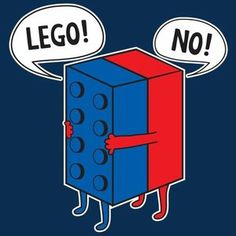
4. Learn to Let Go
Throughout the development process, you won’t always be available to make calls on every little detail. It’s imperative you create a design system that allows for autonomy. Julia Hide recently wrote a post about living style guides and her journey into creating the most practical way of designing and maintaining a style guide. This has by far been the best weapon in the fight for consistency. It has given the development team a scaffolding. When a new undesigned feature needs building, they don’t have to think about how it will to look. It may not be perfect, but it will be consistent. There is always an opportunity to revisit it in the future.
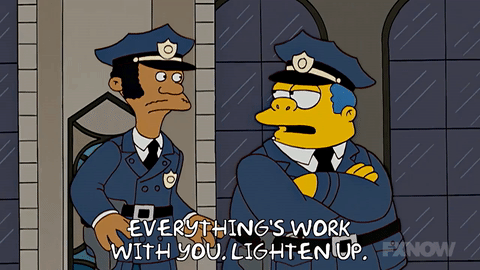
5. Lighten Up!
You can’t take yourself too seriously. You’re going to be wrong, a lot. What’s important though, is being able to identify when you are wrong. Try not to be pig headed about your vision. But, you also need to back yourself when you genuinely feel that your vision is the best way.
It’s like being a parent. You come to the table bringing experience, of both success and failure. You’re there to guide your team to nurture the good ideas and redirect the bad. Trust your team. It’s so important to trust that those around you are going to have good ideas. There is nothing more crushing to creativity than feeling like your ideas are always going to be shot down.
Being able to take all those ideas and collate them into a cohesive vision that is true to the brand and solves the problem is the key to success.
I love what I do. I enjoy inspiring creativity in those around me and love the fact that I get to come to work everyday to create new and exciting things. These steps are by no means fool-proof, but creativity has never been a precise art.
If all else fails, there’s always Canadian Club before noon.



